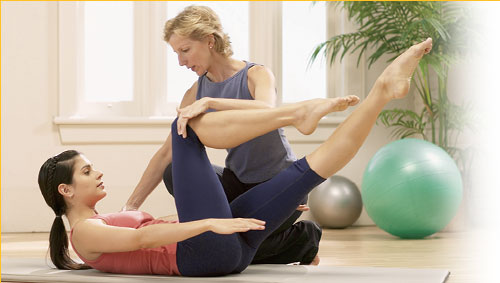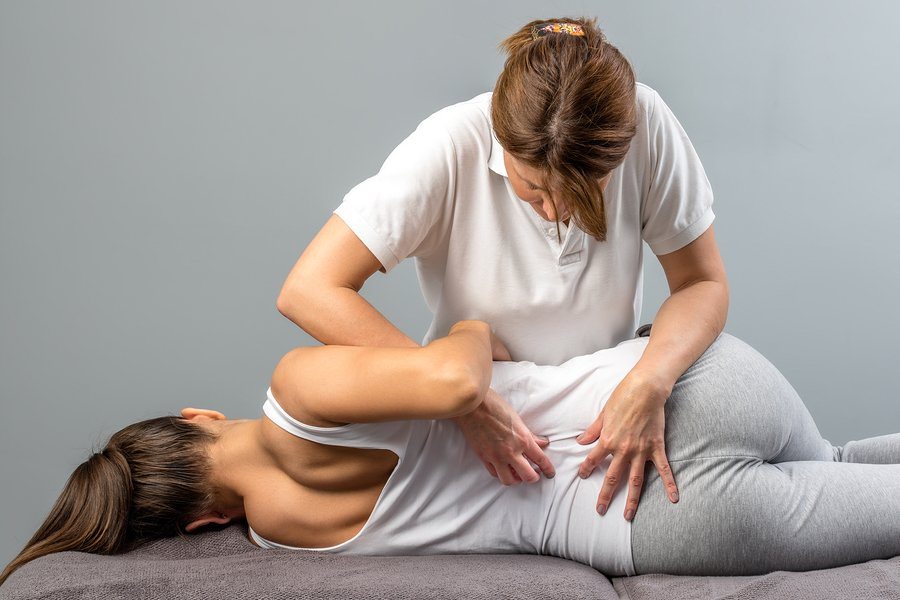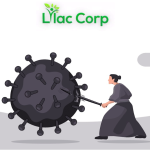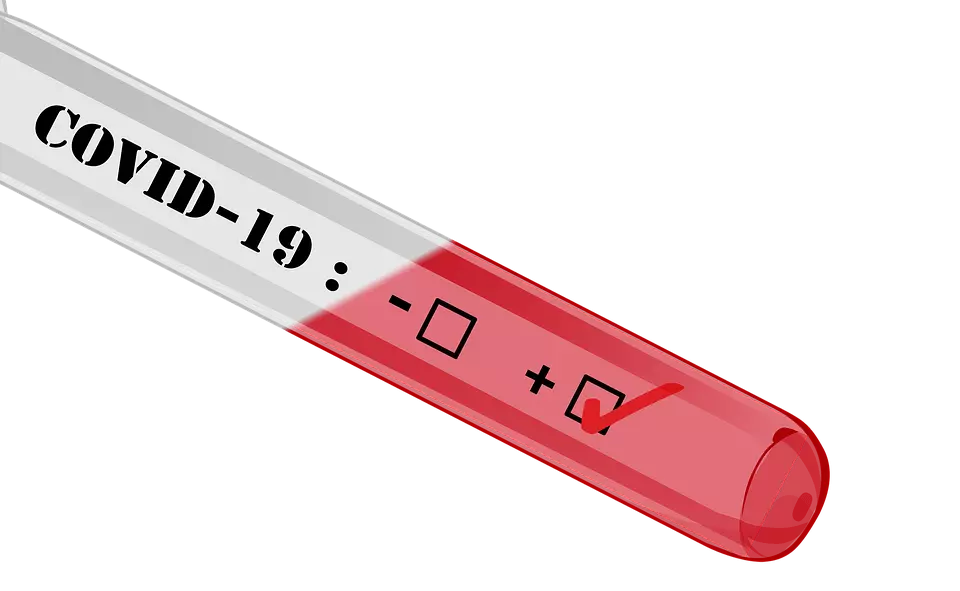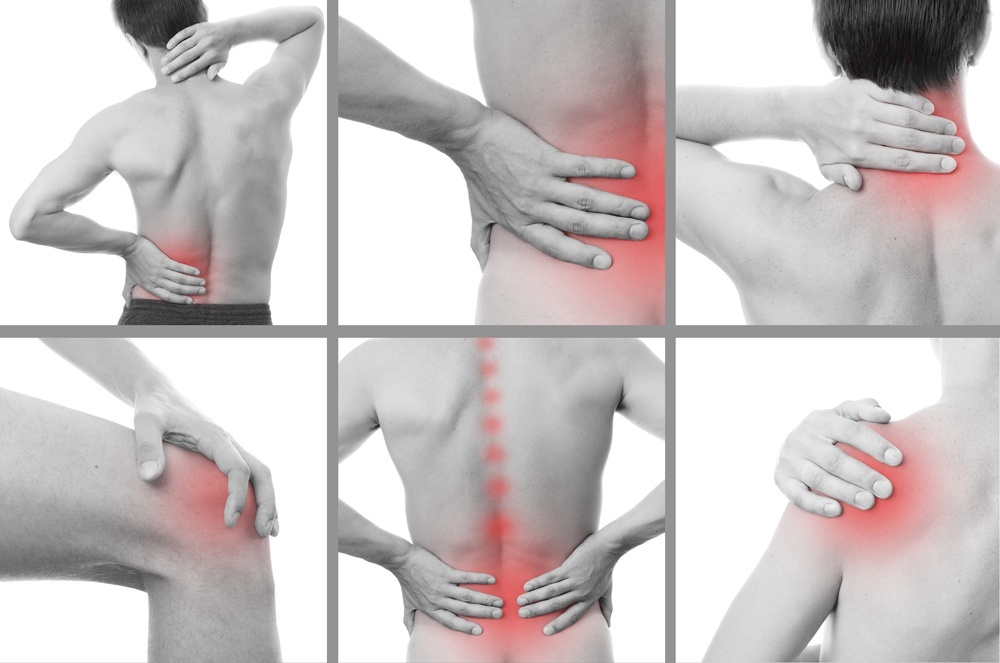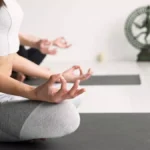Since the creation and development of the original technique in Germany in the early 20th century, Pilates has been extensively researched and many recommendations have been put forward for improving its effectiveness. However, Pilates purists believe that the original technique should be taught and practiced without variations or modifications. Nevertheless, there is a huge body of people who propose a modernized version of Pilates which is based on the basic principles of the original method (such as breathing, centering and concentration) but incorporates the latest information from scientific research to make the technique more effective and suited to different needs. One such proponent of the modernized version is Moira Stott.
Who Is Moira Stott?
Moira Stott was originally a principle ballerina working with Toronto’s City Ballet. But after injuring her neck, she decided to study Pilates with one of John Pilates’ original disciples, Romana Kryzanowska. After meticulous mastery of Pilates, she went on to study with experts in sports medicine and physical therapy. During these studies, she discovered that while the original Pilates technique was highly effective, it did not conform to modern principles of exercise sequencing and postural alignment. Because of this discovery, Stott decided to develop a modernized version of Pilates, Stott Pilates, and opened her Toronto studio for this method in 1988.

Stott Pilates Training and Certification
Stott Pilates is a contemporary approach to the original Pilates technique. While it was first developed by Moira Stott and Lindsay G. Merrithew, it has been improved through the work of several physical therapists, fitness professionals and sports medicine experts who have spent the last two decades refining the method and improving its equipment. As a result, the Stott technique includes modern principles of spinal rehabilitation and exercise science and is one of the most effective and safest Pilates methods available.
Stott Pilates has been written down in a clear and detailed form, outlining all the steps from training to certification in a way that makes it easier to master and practice by prenatal and rehab clients, celebrities, athletes, and everyone in between. All certified instructors in Stott Pilates are provided with in-depth knowledge and programming options for developing personal training programs to clients of all fitness levels and ages (from post-rehab patients to elite athletes) and to effectively design training programs for group classes.
There are 5 principles upon which the training and practice of Stott Pilates is based, regardless of whether it is performed on mats or using specialized equipment. The principles help practitioners to realize maximum benefits from the exercises. The principles are: breathing, pelvic placement, rib cage placement, scapular movement, and head and cervical spine placement.
Differences between Stott Pilates and the Original Pilates Method
The foremost difference between the original Pilates method and Stott Pilates is the neutral spine position. In the original technique, an imprinted spine (the back is in a flat position) is used in all exercise positions. Previously, it was believed that the imprinted spine could be used to correct an arched back position or a sway back. However, physical therapists have realized that moving (walking) around in a constant pelvic tilt or flat back causes as much spinal friction as having an arched back. Hence, they recommend the neutral spine for Pilates. Neutral spine refers to the small, natural curvature found in the lower portion of the spine. In Stott Pilates, the neutral spine alignment is recommended as long as one foot is placed on the floor. But when both legs are not on the floor, the imprinted spine position is used.

Secondly, Stott Pilates incorporates the principles of modern exercise, including contemporary thought on athletic performance enhancement and spinal rehabilitation. For instance, while traditional approach may promote a flat back, Stott technique exercises are aimed at restoring the natural curves of the spine and rebalancing the muscles around joints, putting greater emphasis on scapular stabilization. Besides, there are a greater number of preparatory exercises and more modifications in Stott Pilates to cater for different body types and abilities, which makes it more applicable in different situations than the original Pilates method.
Thirdly, the original Pilates technique starts with the hundred exercise in which participants lie on their backs and raise their legs in the air, with head and shoulders lifted from the floor, arms pumping up and down as they count up to 100. Participants who are out of shape usually find this exercise stressing and straining on the lower back and neck because it is not done after warm-up. On the contrary, Stott technique includes pre-Pilates warm-ups to align the body and release pressure from the back and neck. Moreover, Stott Pilates uses the stability ball, the bosu and the foam roller, which are opposed by Pilates traditionalists.
Benefits of Stott Pilates
- Improves postural problems and prevents injuries.
- Boosts core strength, peripheral mobility and stability.
- Builds longer and leaner muscles.
- Balances strength and flexibility, and heightens body awareness.
- Is a non-impact exercise which is easy on the joints.
- Boosts functional fitness and ease of movement.
- Can be tailored to suit everybody, from rehab patients to elite athletes.
- Boosts balance, coordination and circulation
- Enhances sports performance (i.e. golf, skating, skiing).
- Complements other forms of exercise

Karen is a health blog author who has been writing about healthy living since 2013. She started her journey by adopting a vegan diet and eating only organic foods, but the more she learned, the more she realized that we should all be eating plant-based diets exclusively. As an expert in nutrition and wellness, Karen blogs to educate readers on how they can live happier and healthier lives through food choices!

